Cultural history
When the inland ice had melted, the first grazing deer-species moved in following the returning growth of vegetation. Shortly thereafter humans came after. It is therefore plausible to think that humans could have existed here for more than 8000 years!
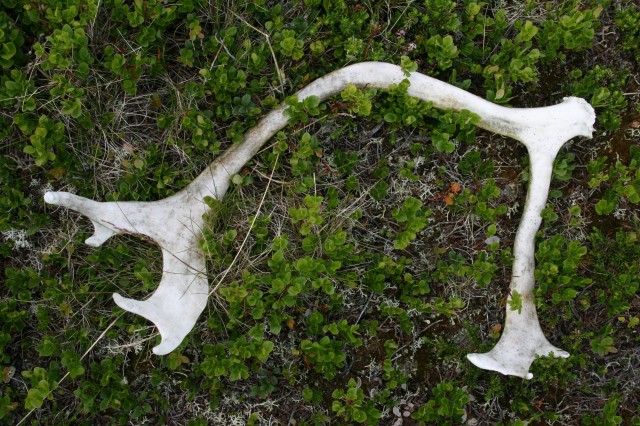
The first people here were hunter-gatherers. The elk and reindeer were crucial sources of food. Pitfall-sites are to be found on the floor of the valley, Valmen and on the mountain, Tjärnberget.
Fishing in rivers and lakes were also necessary for existence.
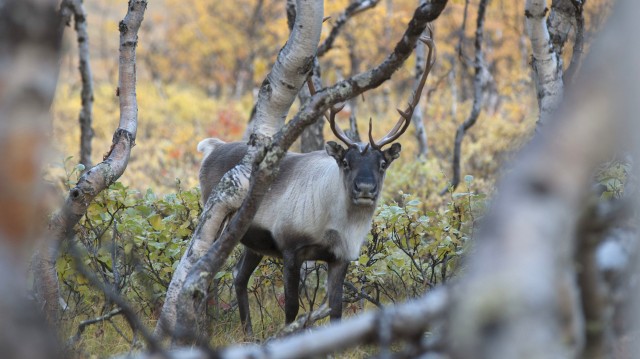
We cannot tell who these people were.
Sonfjället is today to an extent the winter grazing grounds for the sami-village of Mittådalen.
The mountain is not a particularly attractive grazing area but functions rather as a natural gathering place before moving off to the summer grounds, south and west of the Helagsfjäll.
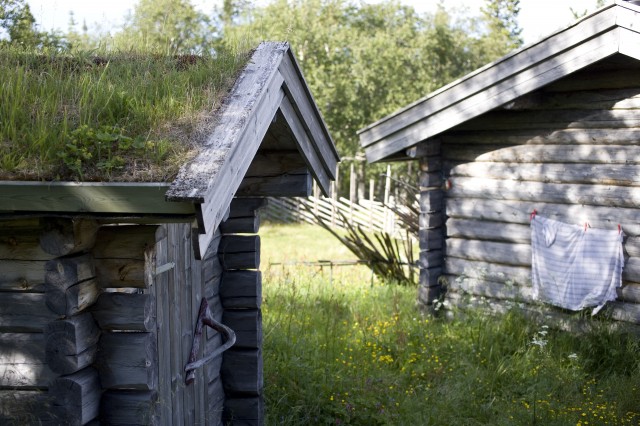
Towards the end of the 19th century there were several thriving mountain farms for seasonal use here. Dalsvallen, Kusvallen, Nysätern, Gammelbodarna, Tevjevallen, Brottvallen, Tjärnvallen and Gammelvallen are all old mountain farms that one after the other became inactive and fell out of use throughout the 20th century.
There are still remains after houses at Gammelvallen (near Nysätern, also called Lill-Sodåvallen)
.
Today there is only one remaining living seasonal mountain farm left, Nyvallen.
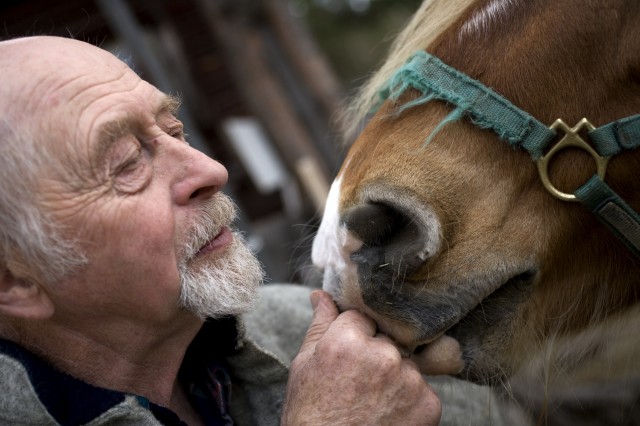 Alf Ostberg loves horses and has many memories from here. Previously horses were periodically allowed to graze freely in Sododalen.
Alf Ostberg loves horses and has many memories from here. Previously horses were periodically allowed to graze freely in Sododalen.
The people from the villages surrounding the Sonfjäll would let their horses loose to graze in the lush valley of Sododalen. The horses were left to roam there almost all summer. They were rounded up and taken home for haying around the 20th of July every summer. When that was over it was usual to ride back to Sododalen and leave the horses there for a while longer. A month later they would be taken home the last time before winter.
It was horses both from Hede and Hedeviken that were left to roam freely together. It must have been a mighty sight to see the great herd of horses there on the mountain. The children would sometimes be allowed to come with their father to see to the horses and make sure they were well. Often the horses would flock around the Sododal lakes also called Hästtjärn, Hästskotjärn eller Vackertjärn.
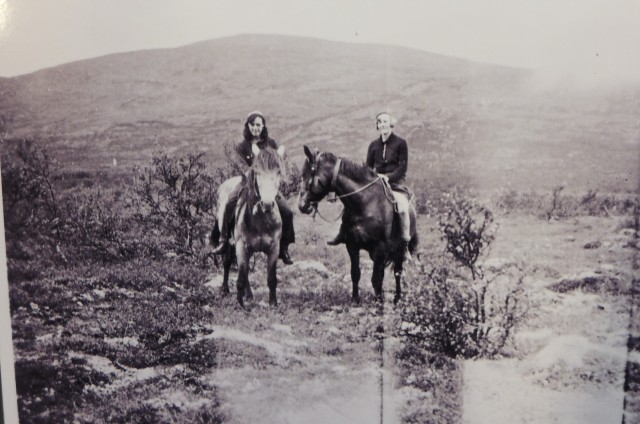
It wasn’t always easy to find your horse when it was time to take it home. “At times the horses would gather in a valley and their bells would then be difficult to hear. If so, you would have to return empty-handed only to come back the next day and make another attempt.”
It is mainly reindeer we find on the mountain today.
The reindeer are herbivores. Access to food sources vary with the time of year and the weather. These animals will mostly stay on the move and only graze for a short while on each location. In this way the vegetation manages to revive before the reindeer returns again. During winter they feed on ground –lichens, various sorts of shrubs and the green parts of grasses and roots.